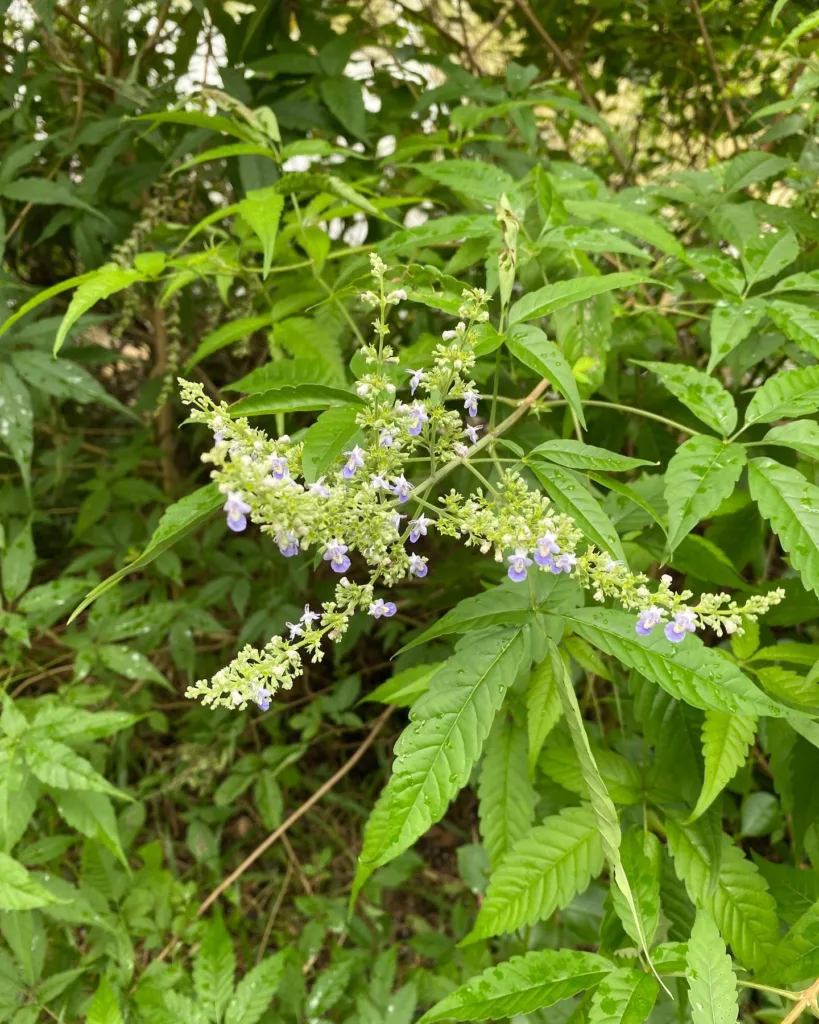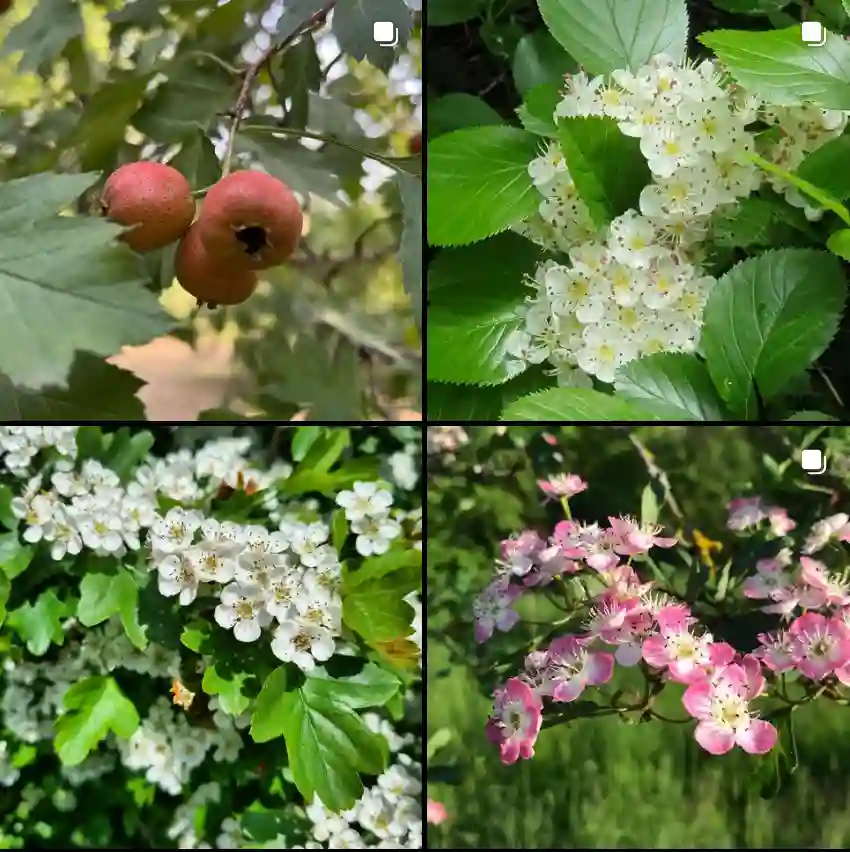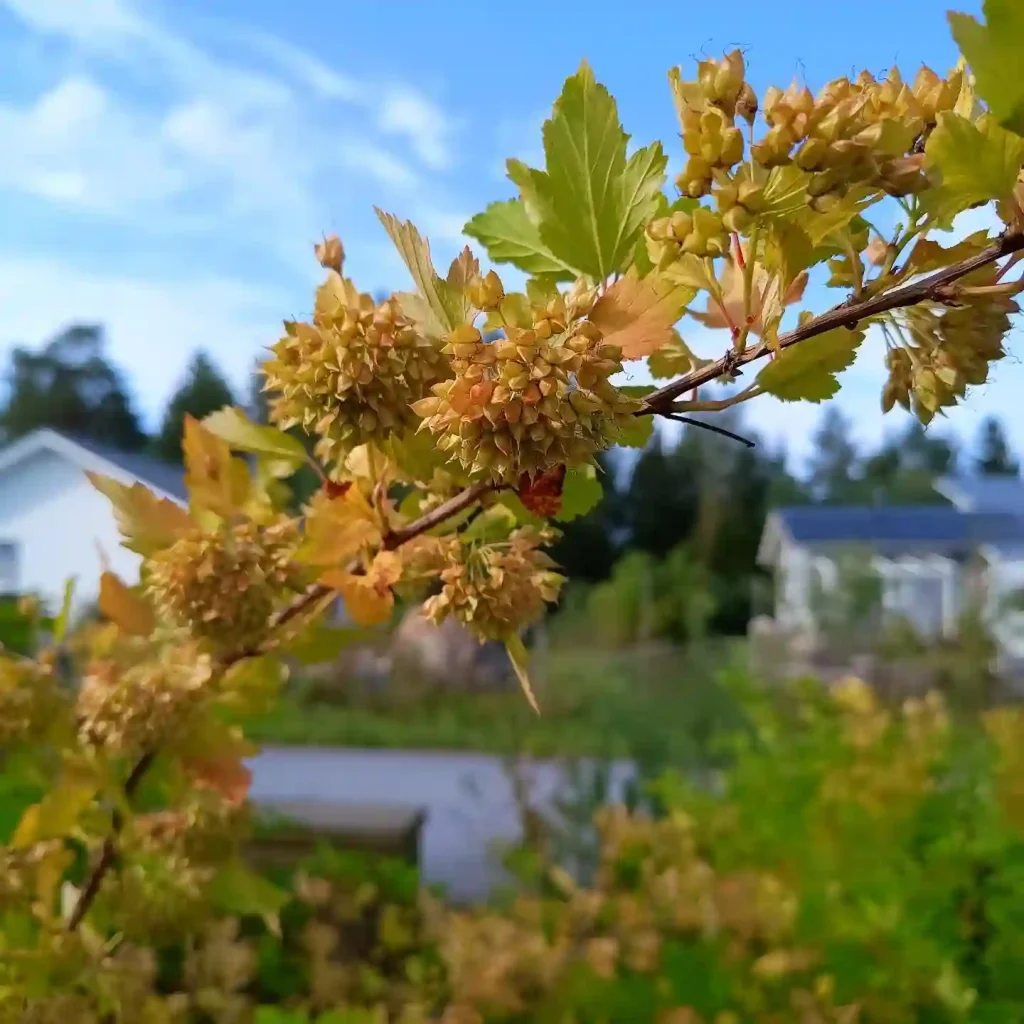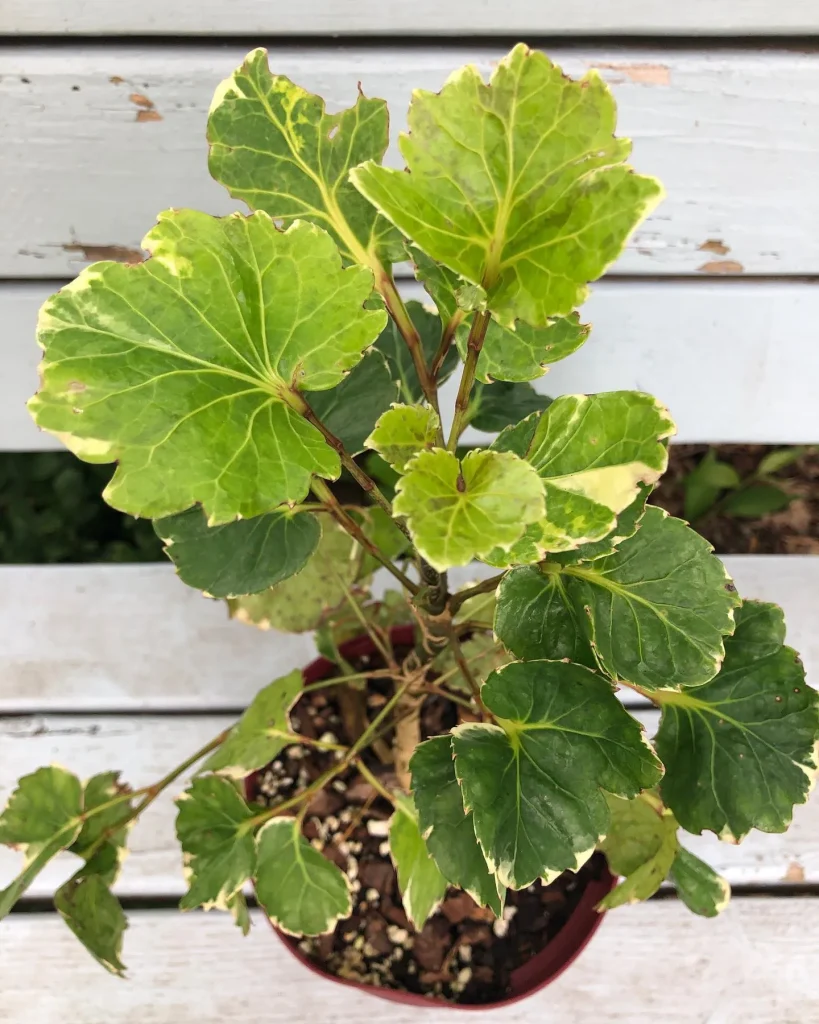The Majesty of Spruce: A Deep Dive into the Genus Picea
As a nature enthusiast, I’ve always been fascinated by the towering presence and evergreen resilience of spruce trees. These majestic conifers, belonging to the genus Picea, dominate the landscapes of northern temperate and boreal forests, their needle-like leaves and cone-shaped silhouettes painting a picture of wilderness and tranquility. Today, I want to share my admiration for this remarkable genus, exploring its characteristics, diversity, and significance.
Understanding the Spruce
Spruces are evergreen trees that belong to the pine family (Pinaceae). They are characterized by their whorled branches, where needles radiate from a central point on the stem, creating a spiral effect. These needles are typically four-sided, sharp to the touch, and attached individually to the branches. Another defining feature is their cones, which hang downwards from the branches, unlike the upright cones of fir trees.
Spruces are adapted to thrive in cold climates, their conical shape shedding snow efficiently and their needle-like leaves reducing water loss. They play a vital role in the boreal ecosystem, providing habitat and food for a variety of wildlife.
A Diverse Family
The genus Picea boasts around 41 species, each with its unique characteristics and distribution. Here are:
- Picea abies (L.) H.Karst. Plant FAQs: Picea Abies Nidiformis – Bird’s Nest Spruce
- Picea × albertiana S.Br.
- Picea alcoquiana (H.J.Veitch ex Lindl.) Carrière
- Picea asperata Mast.
- Picea aurantiaca Mast.
- Picea austropanlanica Silba
- Picea brachytyla (Franch.) E.Pritz.
- Picea breweriana S.Watson
- Picea chihuahuana Martínez
- Picea crassifolia Kom.
- Picea engelmannii Engelm.
- Picea farreri C.N.Page & Rushforth
- Picea × fennica (Regel) Kom.
- Picea glehnii (F.Schmidt) Mast.
- Picea jezoensis (Siebold & Zucc.) Carrière
- Picea koraiensis Nakai
- Picea koyamae Shiras.
- Picea laxa (Münchh.) Sarg.
- Picea likiangensis (Franch.) E.Pritz.
- Picea linzhiensis (W.C.Cheng & L.K.Fu) Rushforth
- Picea × lutzii Little
- Picea mariana (Mill.) Britton, Sterns & Poggenb.
- Picea martinezii T.F.Patt.
- Picea maximowiczii Regel ex Mast.
- Picea meyeri Rehder & E.H.Wilson
- Picea morrisonicola Hayata
- Picea neoveitchii Mast.
- Picea × notha Rehder
- Picea obovata Ledeb.
- Picea omorika (Pančić) Purk. Plant FAQs: Picea Omorika – Serbian Spruce
- Picea orientalis (L.) Peterm. Plant FAQs: Picea Orientalis
- Picea polita (Siebold & Zucc.) Carrière
- Picea pungens Engelm. Plant FAQs: Blue Spruce – Picea Pungens
- Picea purpurea Mast.
- Picea retroflexa Mast.
- Picea rubens Sarg.
- Picea schrenkiana Fisch. & C.A.Mey.
- Picea sitchensis (Bong.) Carrière
- Picea smithiana (Wall.) Boiss.
- Picea spinulosa (Griff.) A.Henry
- Picea wilsonii Mast.
The Importance of Spruce
Spruce trees have played a significant role in human history and continue to be a valuable resource. Their timber is strong, lightweight, and resonant, making it ideal for construction, furniture making, and musical instruments. Spruce is also used in the production of paper, pulp, and even chewing gum.
Beyond their economic value, spruce trees hold cultural and ecological significance. They are often associated with winter holidays, serving as Christmas trees and festive decorations. In many cultures, spruce is seen as a symbol of resilience, longevity, and connection to nature.
Ecologically, spruce forests are crucial for carbon sequestration, helping to mitigate climate change. They provide habitat for a wide range of animals, from birds and squirrels to larger mammals like deer and moose. The dense canopy of spruce forests also helps to regulate water cycles and prevent soil erosion.
Conservation Concerns
Despite their resilience, spruce trees face threats from climate change, deforestation, and pests. Rising temperatures and altered precipitation patterns can stress these trees, making them more susceptible to disease and insect infestations. Unsustainable logging practices can deplete spruce forests, impacting biodiversity and ecosystem services.
It is crucial that we take steps to conserve spruce trees and their habitats. This includes sustainable forestry practices, protecting old-growth forests, and restoring degraded areas. We can also support research efforts aimed at understanding the impacts of climate change on spruce and developing strategies for their conservation.
In conclusion, the genus Picea represents a group of remarkable trees that have shaped our landscapes, cultures, and economies. Their beauty, resilience, and ecological importance make them worthy of our admiration and protection. As we face the challenges of a changing climate, it is more important than ever to appreciate and conserve these majestic conifers for generations to come.
If i die, water my plants!



